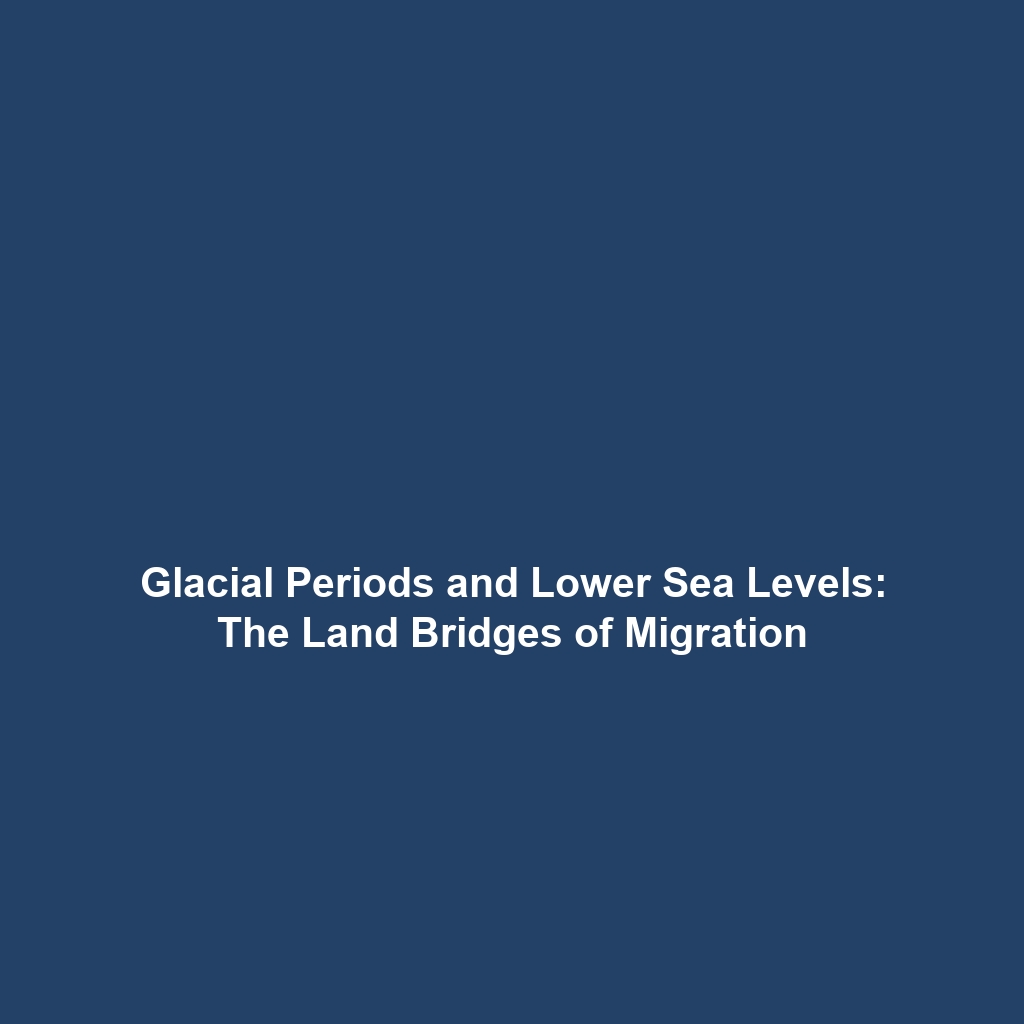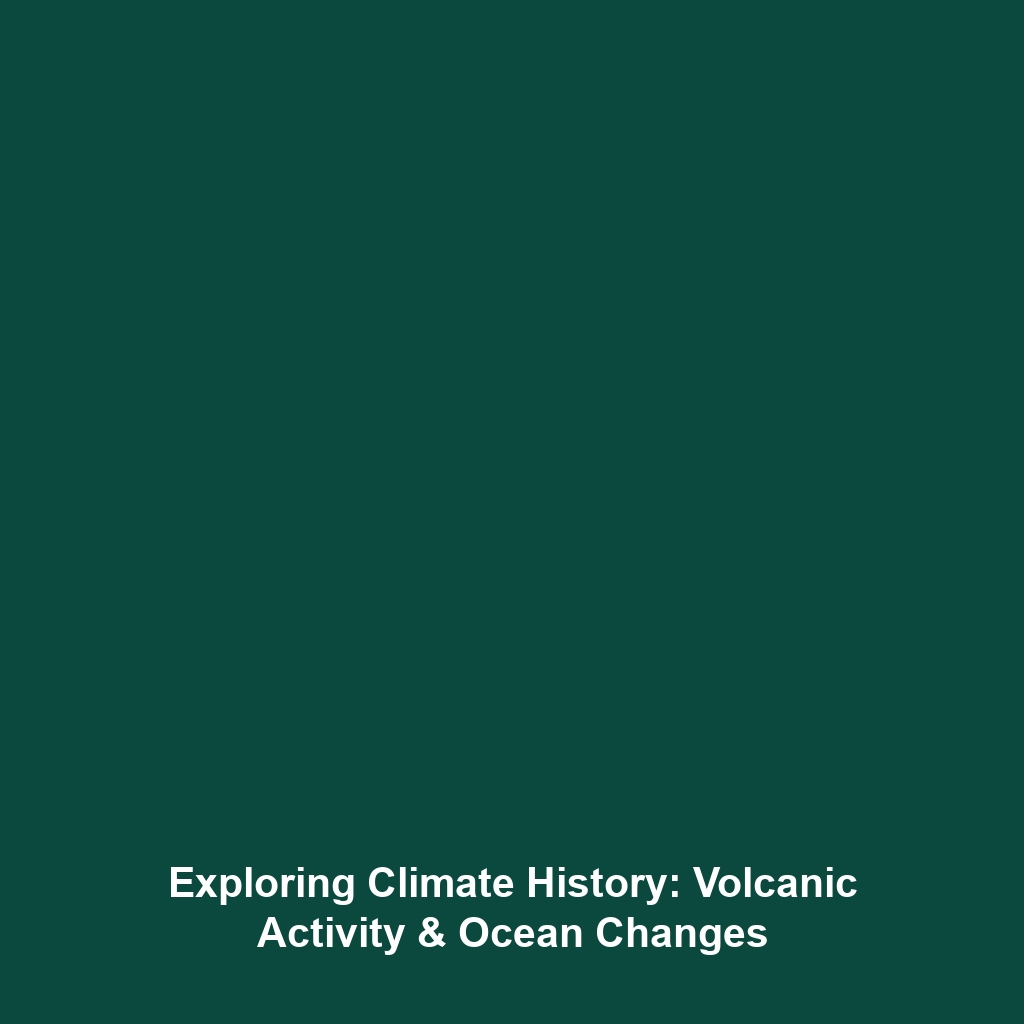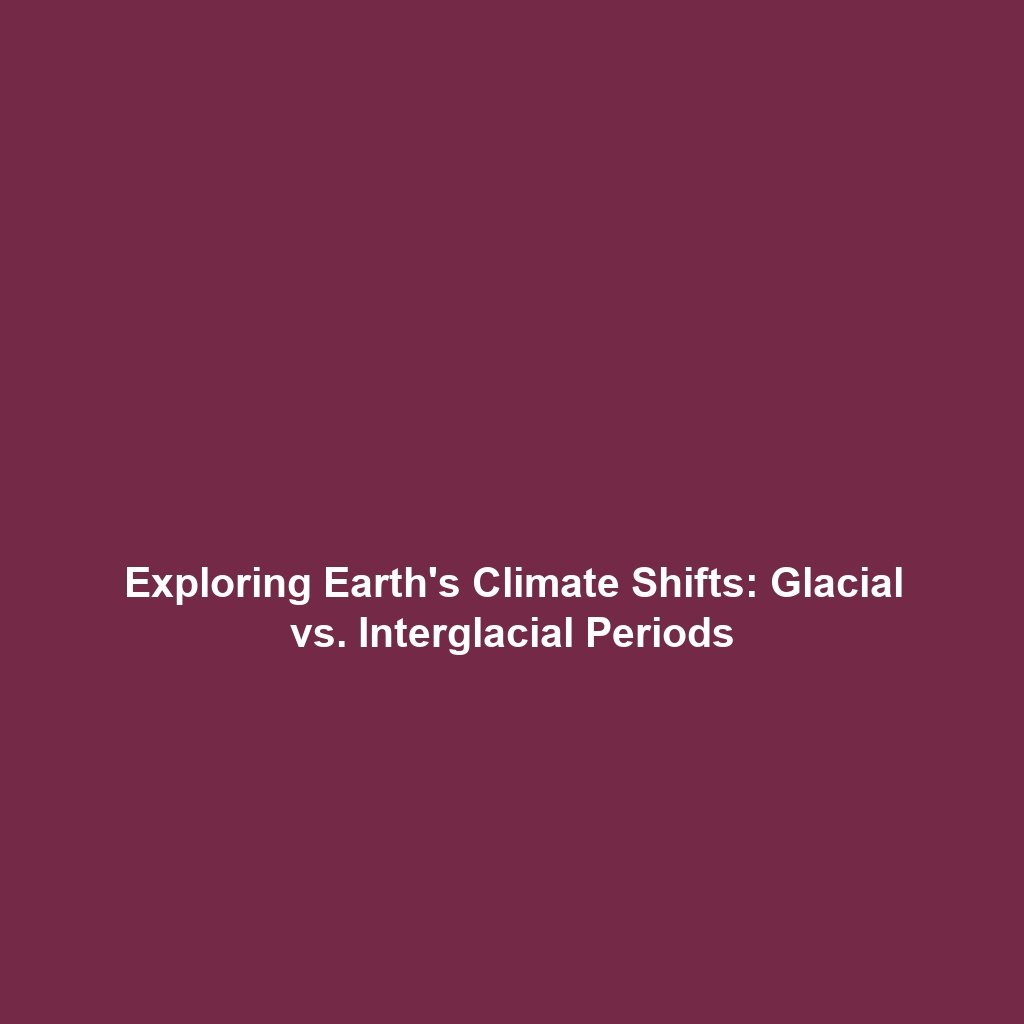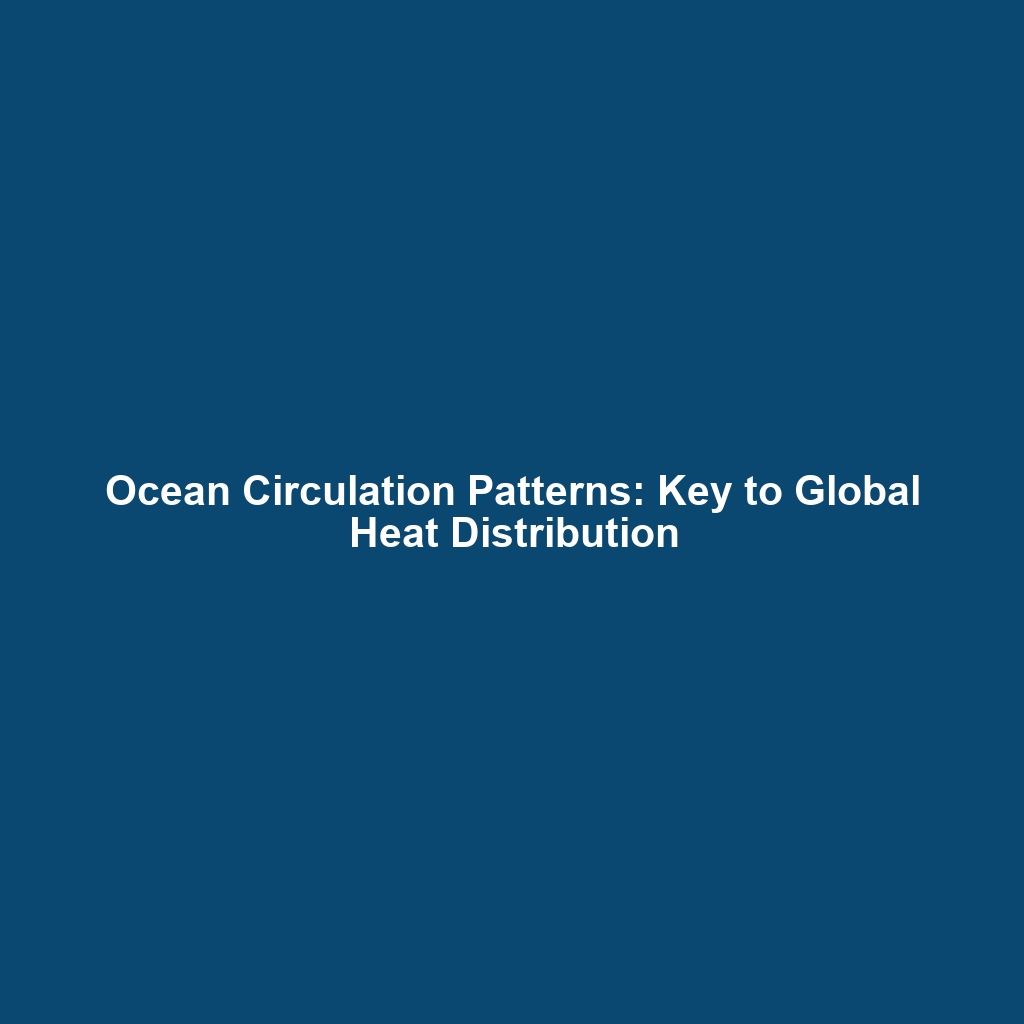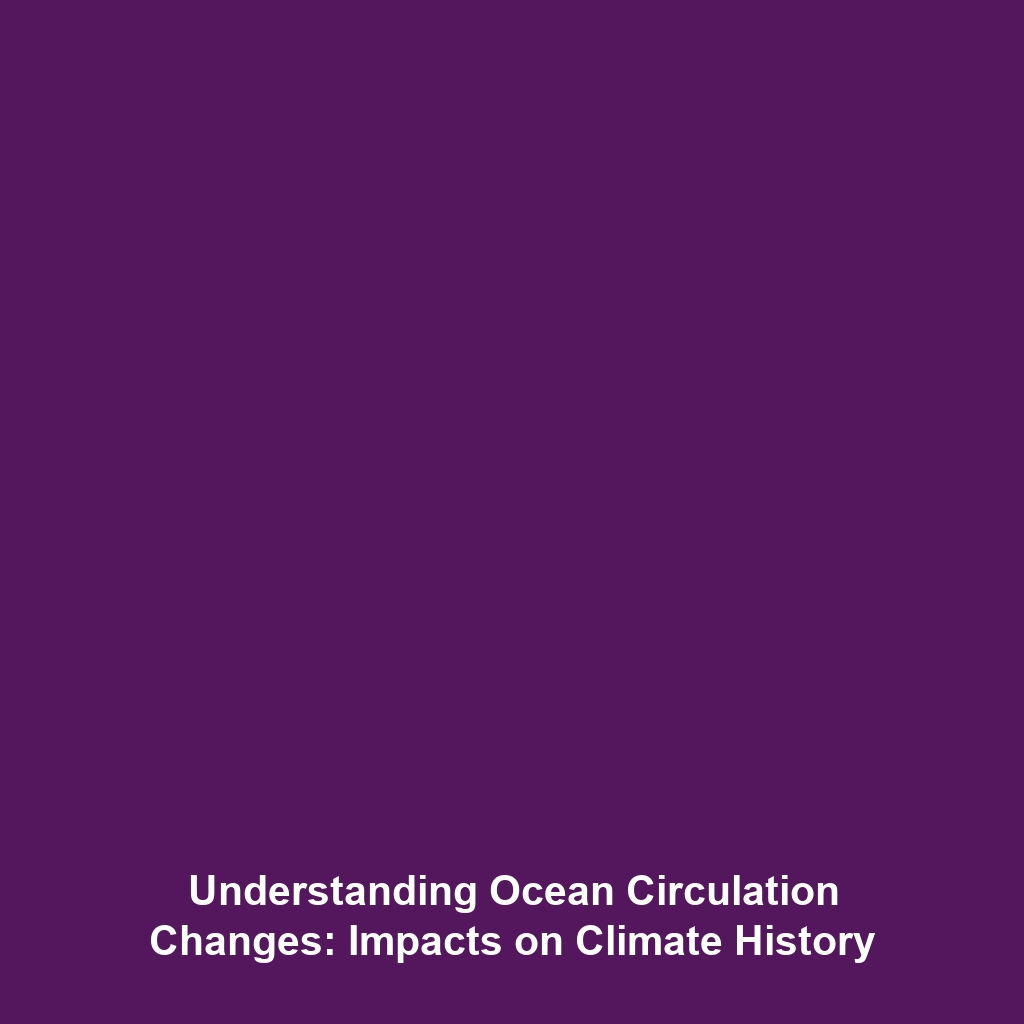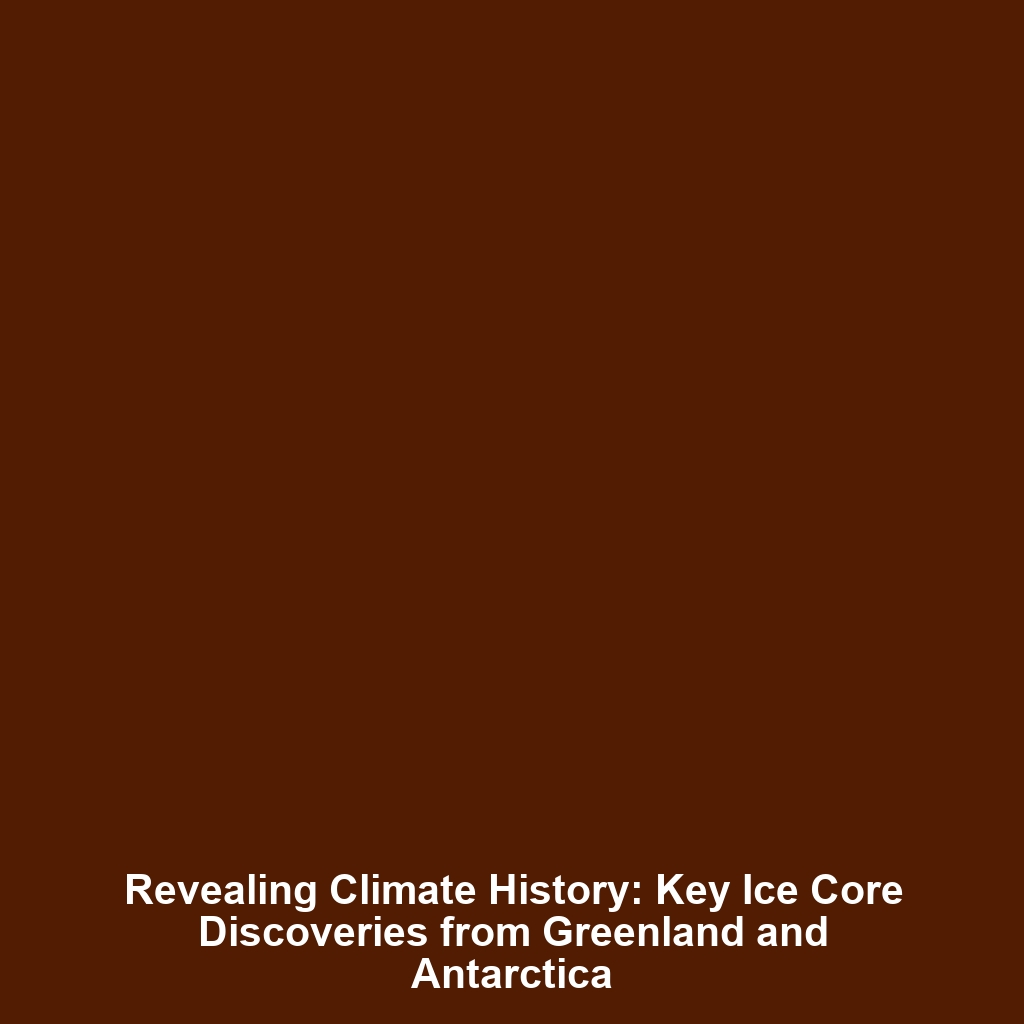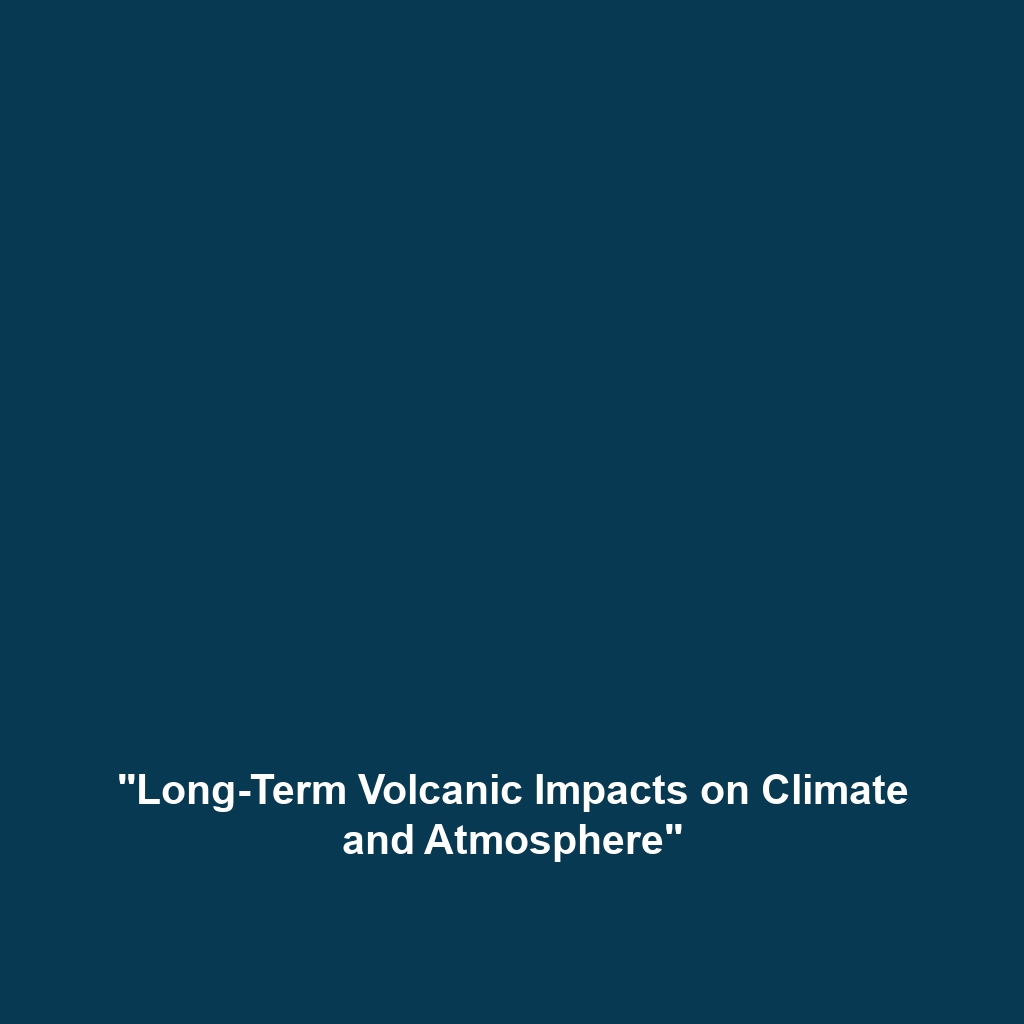Sea-Level Changes: Lower Sea Levels During Glacial Periods and Their Role in Human and Animal Migration
Introduction
Climate history reveals a complex interplay between sea-level changes and the migration of both humans and animals. During glacial periods, sea levels dropped significantly, exposing land bridges that connected various land masses. This phenomenon not only facilitated the movement of species but also shaped the course of human evolution. Understanding the significance of these sea-level changes is crucial in grasping the broader narratives of migration and environmental adaptation throughout history.
Key Concepts
Glacial Periods and Sea-Level Changes
The last glacial maximum, occurring approximately 20,000 years ago, marked one of the lowest points of sea levels in recent geological history. Several key concepts define this period:
- Land Bridges: Exposed landmasses such as Beringia enabled migrations from Asia to North America.
- Ecological Impact: Changes in sea levels resulted in transformed habitats, influencing species distribution.
- Migrations: Both human and animal groups utilized these land bridges for migration, significantly affecting genetic diversity and settlement patterns.
Applications and Real-World Uses
Understanding sea-level changes during glacial periods has practical applications in various fields, particularly in climate history:
- Archaeological Studies: Insights into ancient human migration patterns help in unearthing historical settlements.
- Ecological Planning: Knowledge of how species migrated can inform current conservation strategies.
- Climate Modeling: Historical data of sea-level changes aids in predicting future environmental shifts due to climate change.
Current Challenges
Despite emerging knowledge, several challenges exist in studying the implications of sea-level changes:
- Data Gaps: Geological evidence can be sparse, complicating the reconstruction of migration paths.
- Technological Limitations: Current methodologies may struggle to precisely date ancient land bridge formations.
- Climate Variability: Ongoing climate changes influence current sea levels, complicating historical comparisons.
Future Research and Innovations
Looking ahead, research into sea-level changes and their impacts on migration is poised to expand through several innovative avenues:
- Advanced Modeling: Use of simulation technologies to predict both historical and future sea-level impacts.
- Genomics: Analyzing ancient DNA from archaeological finds to trace migration routes more accurately.
- Satellite Technology: Enhanced observation tools for monitoring current sea level changes and their ecological impacts.
Conclusion
The exploration of sea-level changes during glacial periods highlights a pivotal aspect of climate history that reshaped human and animal existence. By understanding these patterns, we not only uncover the narrative of migration but also gain essential insights into our future relationship with climate dynamics. Continued research in this field promises to illuminate the complex interactions between environment and species movement. For further information, you may check our other articles on climate cycles and migration patterns.
